
Filter News
Area of Research
- Advanced Manufacturing (3)
- Biological Systems (3)
- Biology and Soft Matter (1)
- Building Technologies (2)
- Chemical and Engineering Materials (1)
- Chemistry and Physics at Interfaces (6)
- Clean Energy (28)
- Computational Chemistry (1)
- Energy Frontier Research Centers (7)
- Functional Materials for Energy (6)
- Fusion Energy (1)
- Geographic Information Science and Technology (2)
- Isotope Development and Production (1)
- Materials (33)
- Materials Synthesis from Atoms to Systems (5)
- Materials Under Extremes (6)
- Neutron Science (7)
- Nuclear Science and Technology (4)
- Quantum Condensed Matter (2)
- Reactor Technology (1)
- Supercomputing (12)
- Transportation Systems (2)
News Type
Date
Media Contacts
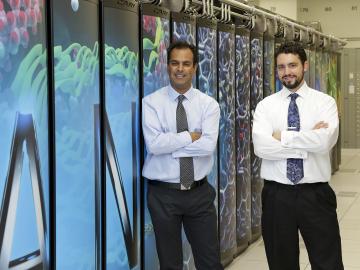
A set of automated calibration techniques for tuning residential and commercial building energy efficiency software models to match measured data is now available as an open source code. The Autotune code, developed at the Department of Energy's Oak Ridge National L...
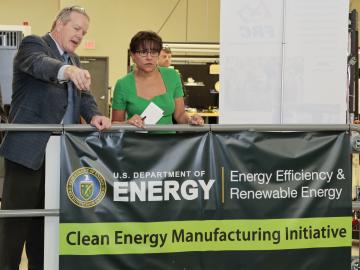
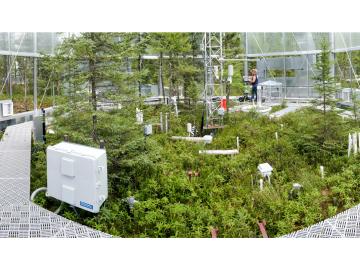
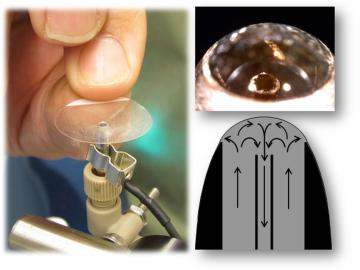
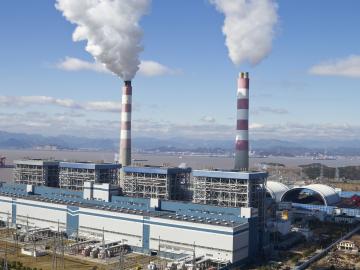
fuel carbon emissions, a distinction it still maintains. But exactly how much carbon China releases has been a topic of debate, with recent estimates varying by as much as 15 percent. “There’s great scruti...
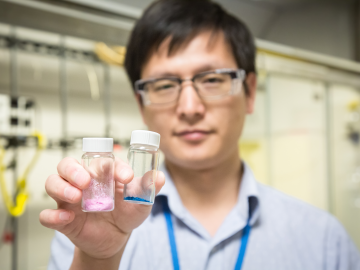

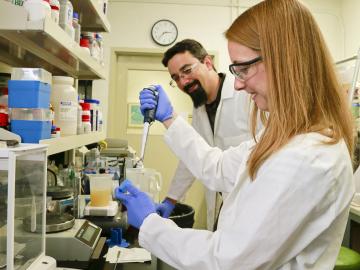
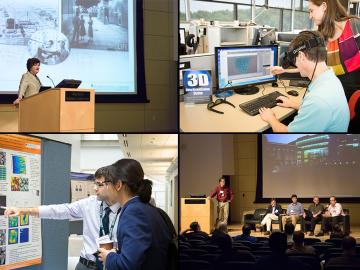
In the Stone, Bronze and Iron Ages, the state of the art of materials science defined technology’s zenith and accelerated economies. Now, in the Information Age, data is beginning to drive the development of advanced materials, from photovoltaics for solar energy and superconductors for efficient el...

A new technology developed by the U.S. Department of Energy’s Critical Materials Institute that aids in the recycling, recovery and extraction of rare earth minerals has been licensed to U.S. Rare Earths, Inc.


